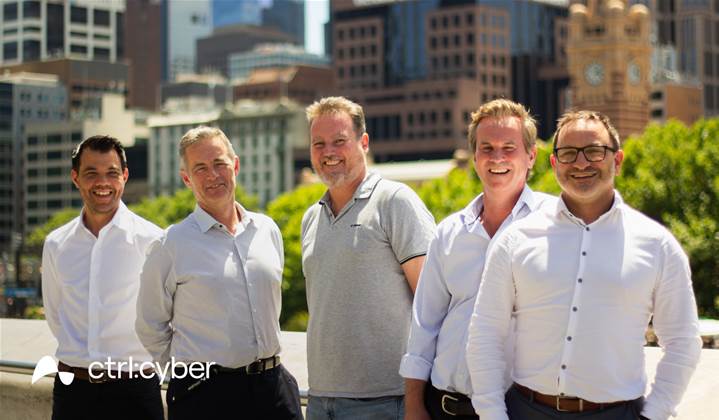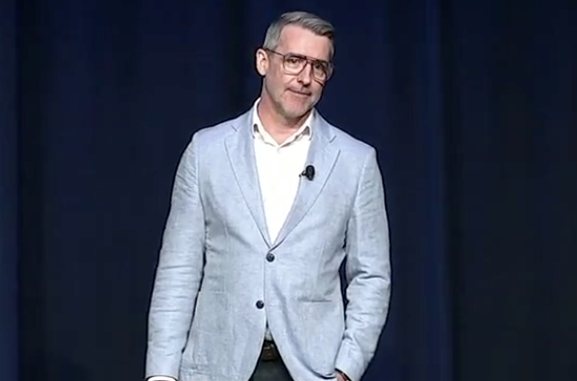Quick Read
- Starting December 10, 2025, Australia will implement a ban on social media access for those under 16.
- Social media platforms that do not comply could face penalties of up to $50 million.
- Age verification methods are required for all platforms.
- Messaging applications such as WhatsApp will remain available.
- New age-restricted features will be added to gaming platforms.
Understanding the Social Media Ban
Today signifies a major change in the digital environment for families in Australia. Effective from December 10, 2025, the federal government’s regulation prohibits children under 16 from accessing social media. This innovative law is designed to safeguard young individuals from the possible negative impacts of social media.
What the Ban Hopes to Achieve
The primary aim of this regulation is to transfer the duty of online safety from parents to the platforms themselves. For many years, parents have struggled against algorithms meant to keep users engaged for prolonged periods.
The government contends that this “delay” in access will shield developing minds from the adverse effects of social media, including cyberbullying, issues related to body image, and exposure to unsuitable content. By establishing the age threshold at 16, policymakers intend to provide youth additional time to grow before entering the often chaotic realm of social networking.
According to the new regulations, social media companies face penalties of up to A$49.5 million if they do not take “reasonable steps” to prevent under-16s from creating accounts.
Which Platforms Are Included
The eSafety Commissioner has extended its reach, targeting the most frequently used services by teenagers in Australia. Starting today, the following platforms are restricted for individuals under 16:
- Facebook
- Instagram
- Kick
- Reddit
- Snapchat
- Threads
- TikTok
- Twitch
- X (formerly Twitter)
- YouTube
Messaging services such as WhatsApp and Messenger Kids are excluded from the restrictions, enabling families to maintain communication. Gaming platforms like Roblox have mostly avoided the ban, although they are rolling out their own age-restricted features to align with safer online environment standards.
How Age Verification Works for Each Service
The foremost inquiry leading up to today has centered around how these companies would validate age without infringing on privacy rights. The legislation permits various methods, and multiple strategies are being implemented today.
Meta (Facebook, Instagram, Threads)
Meta has chosen a stringent deactivation policy for accounts suspected of belonging to users under 16. If your account is flagged, you must verify your age to restore access. They are utilizing a third-party service known as Yoti, which enables users to submit a government ID or capture a video selfie that estimates age via facial analysis technology.
Snapchat
Snapchat is adopting a slightly different approach by locking accounts for three years instead of deleting them right away. To unlock an account, users must verify that they are 16 or older. Snap has collaborated with k-ID to provide verification through government ID or facial age estimation. Alternatively, they are presenting a “ConnectID” option, allowing users to confirm their age by linking to an Australian bank account, utilizing the rigorous ID checks that banks already conduct.
TikTok
TikTok is implementing a “multi-layered approach” to compliance. This includes examining usage patterns to identify underage users, along with standard verification methods. Users identified by the system must present government identification, credit card authorization, or utilize facial age estimation services to validate that they meet the age criteria.
Reddit
Reddit is mandating all Australian users to verify their age for platform access starting today. This process requires providing a date of birth and, for many, completing a verification through a third-party service utilizing government ID or a selfie. Accounts that cannot be confirmed as being owned by individuals aged 16 or older are being suspended, with an appeals process available for those who feel they have been mistakenly banned.
What the Companies Are Saying
The large tech companies have voiced their objections to the specifics of this regulation, even while they comply.
“We align with the Australian Government’s objective of providing safe, age-appropriate online experiences; however, isolating teens from their friends and communities is not the solution.” Meta spokesperson.
“Those under 16 will not be able to keep a Snapchat account.” Snap Inc. statement.
“Although we have disagreements about the scope, effectiveness, and privacy implications of this regulation, as of December 10, we are adapting accordingly…” Reddit public statement.
“Most crucially, this law will not deliver on its promise to enhance the safety of children online, and indeed, will render Australian children less secure on YouTube.” Rachel Lord, YouTube Public Policy Manager.
Summary
The new legislation in Australia signifies a key advancement in online safety for youth, shifting the responsibility to platforms to uphold age restrictions. While the law seeks to defend children from potential dangers associated with social media, it has also ignited discussions regarding its efficacy and the implications for privacy. As companies strive to adhere, the landscape of social media access for young Australians is set to experience considerable changes.
Q: What is the main objective of the social media ban for under-16s in Australia?
A: The main aim is to shield young individuals from the potential threats of social media by postponing their access until they are more mature.
Q: Which platforms are affected by this ban?
A: Platforms such as Facebook, Instagram, Kick, Reddit, Snapchat, Threads, TikTok, Twitch, X, and YouTube are impacted.
Q: Are messaging apps included in the ban?
A: No, messaging apps including WhatsApp and Messenger Kids are exempt from these restrictions.
Q: How are companies verifying the age of users?
A: Companies are employing methods like government ID verification, video selfies with age estimation, and linking to banking accounts for verification.
Q: What are the potential fines for non-compliance?
A: Social media companies can face penalties of up to $50 million if they do not adhere to the new regulations.
Q: How are gaming platforms affected by the ban?
A: Gaming platforms like Roblox are not directly impacted but are instituting age-restricted features to bolster safety.
Q: What are the companies’ reactions to the new law?
A: Companies such as Meta, Snapchat, Reddit, and YouTube have raised concerns about the breadth, efficacy, and privacy issues surrounding the law, despite their compliance.













